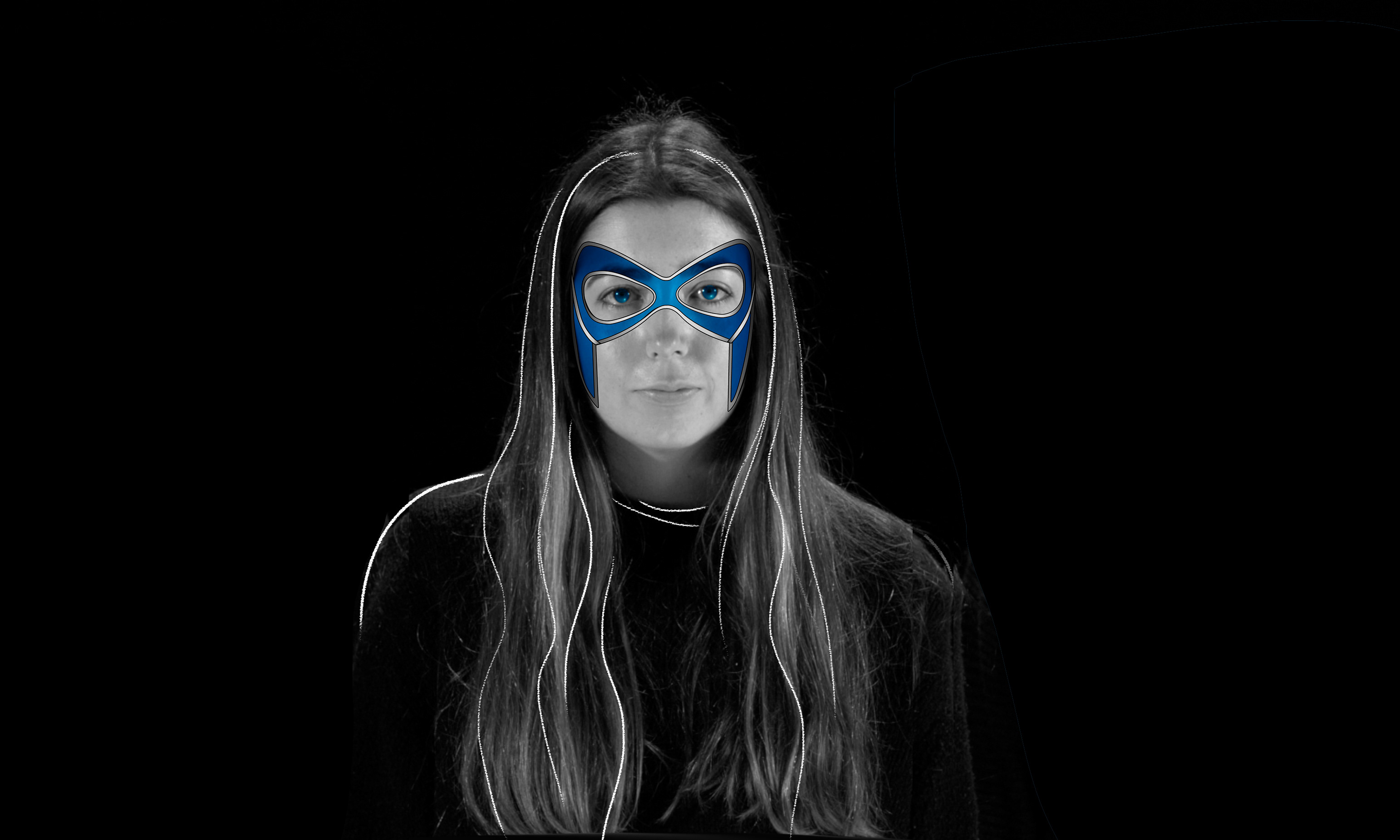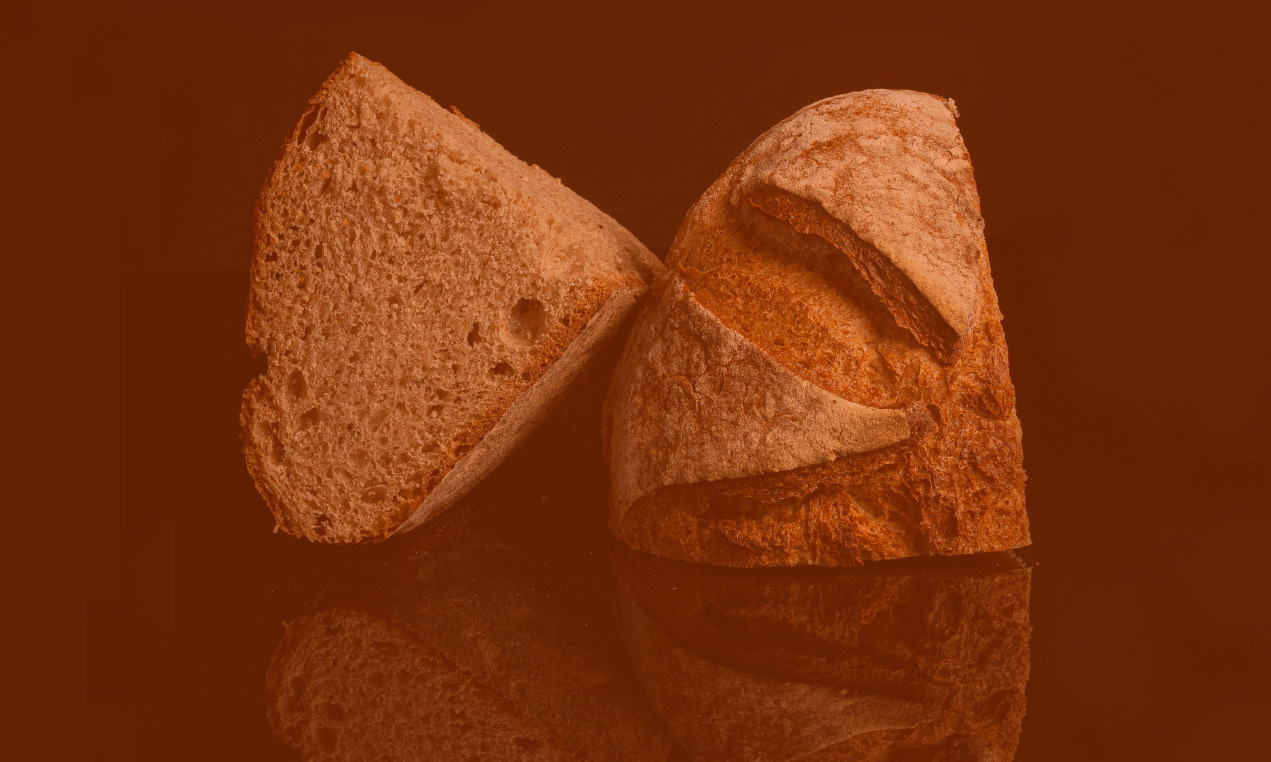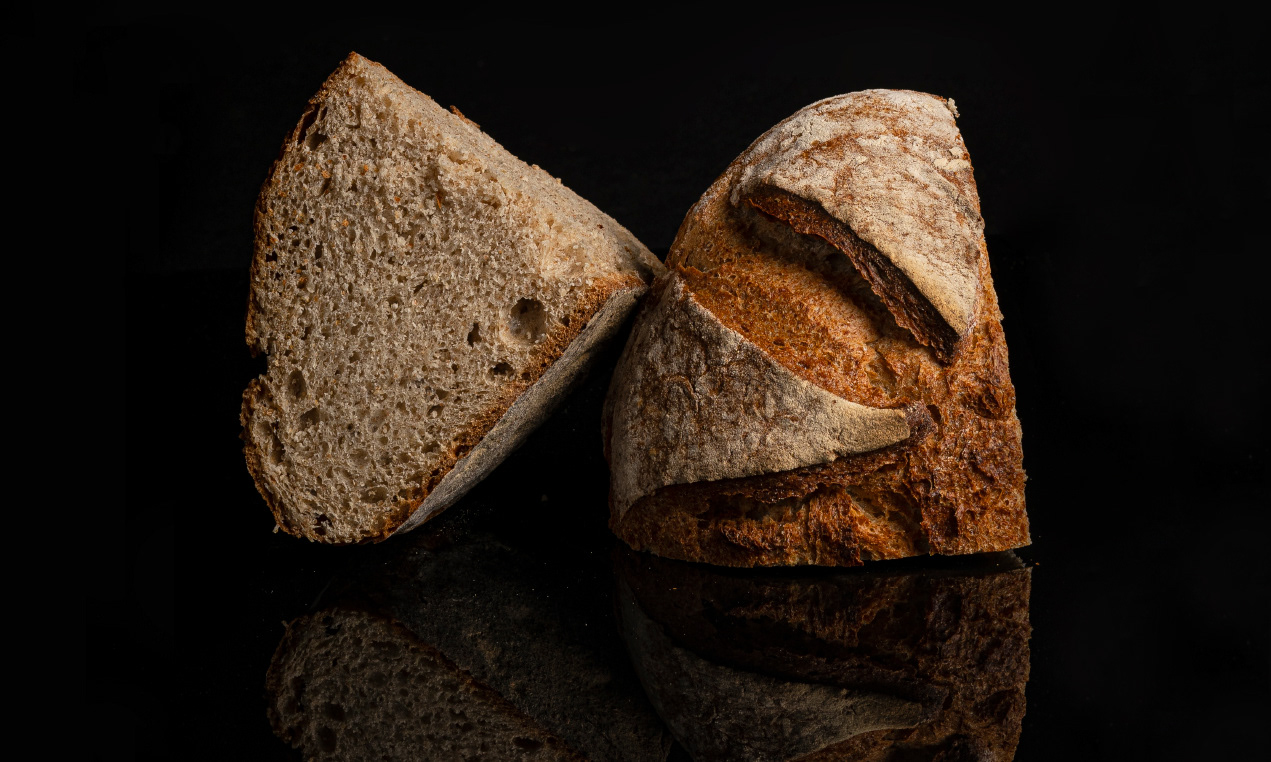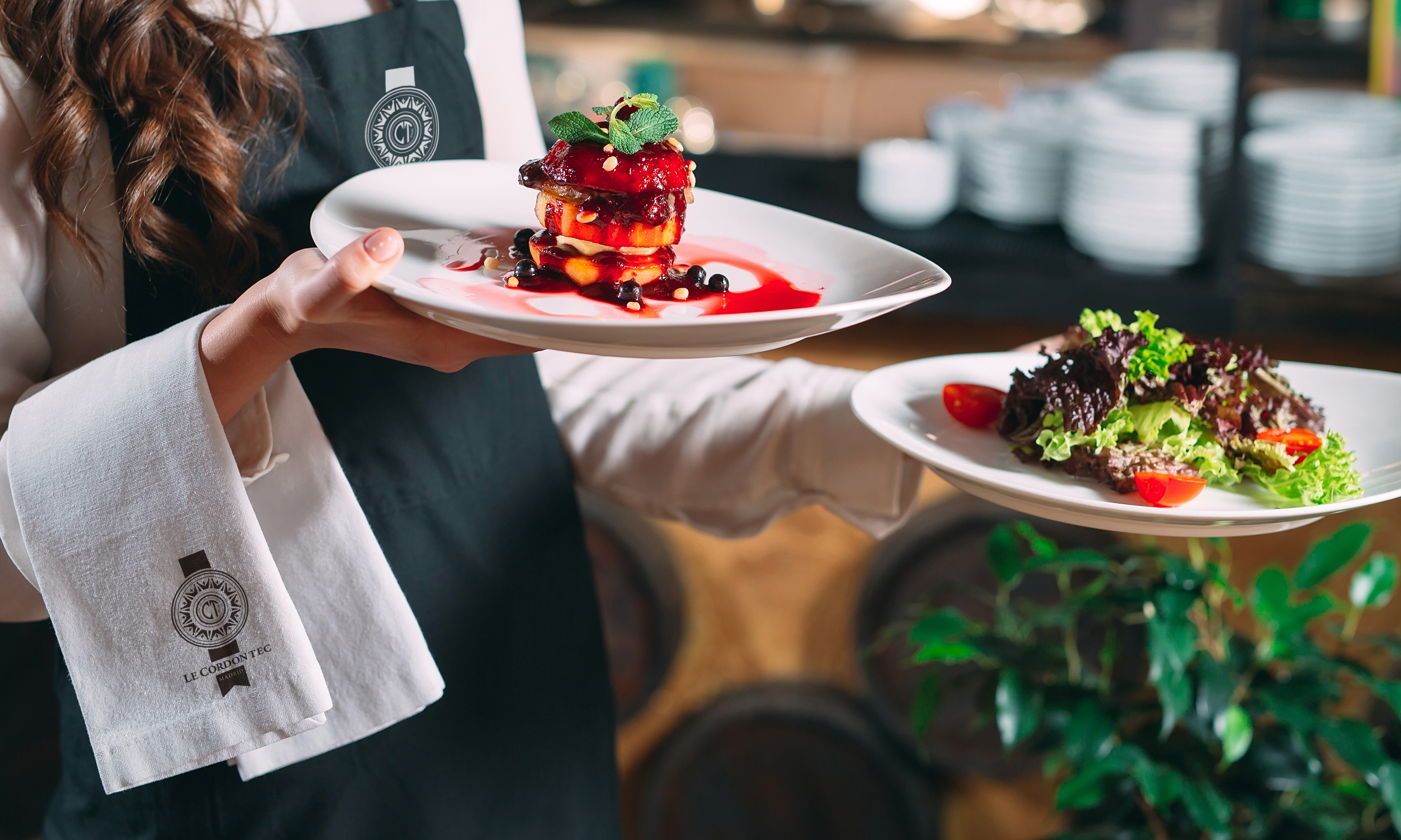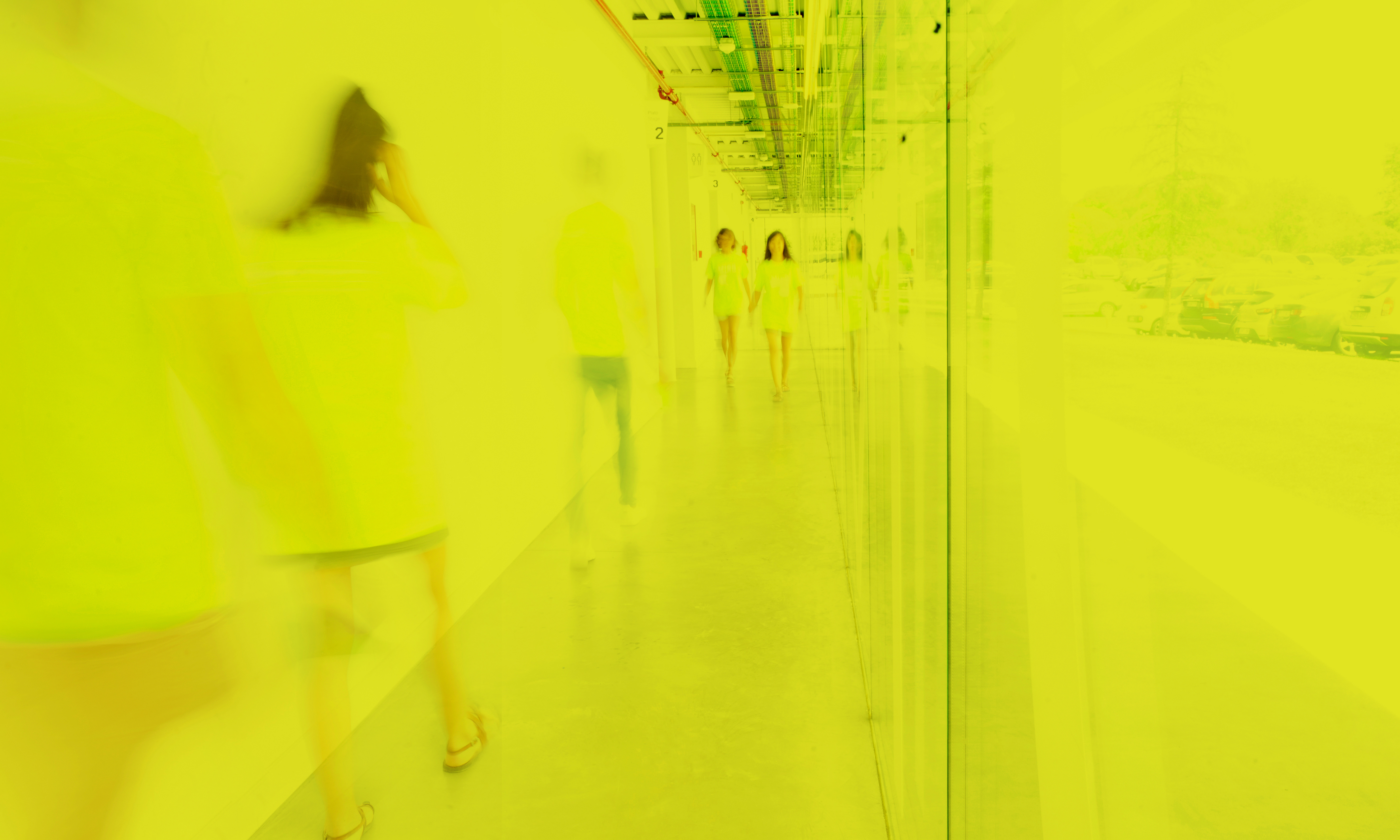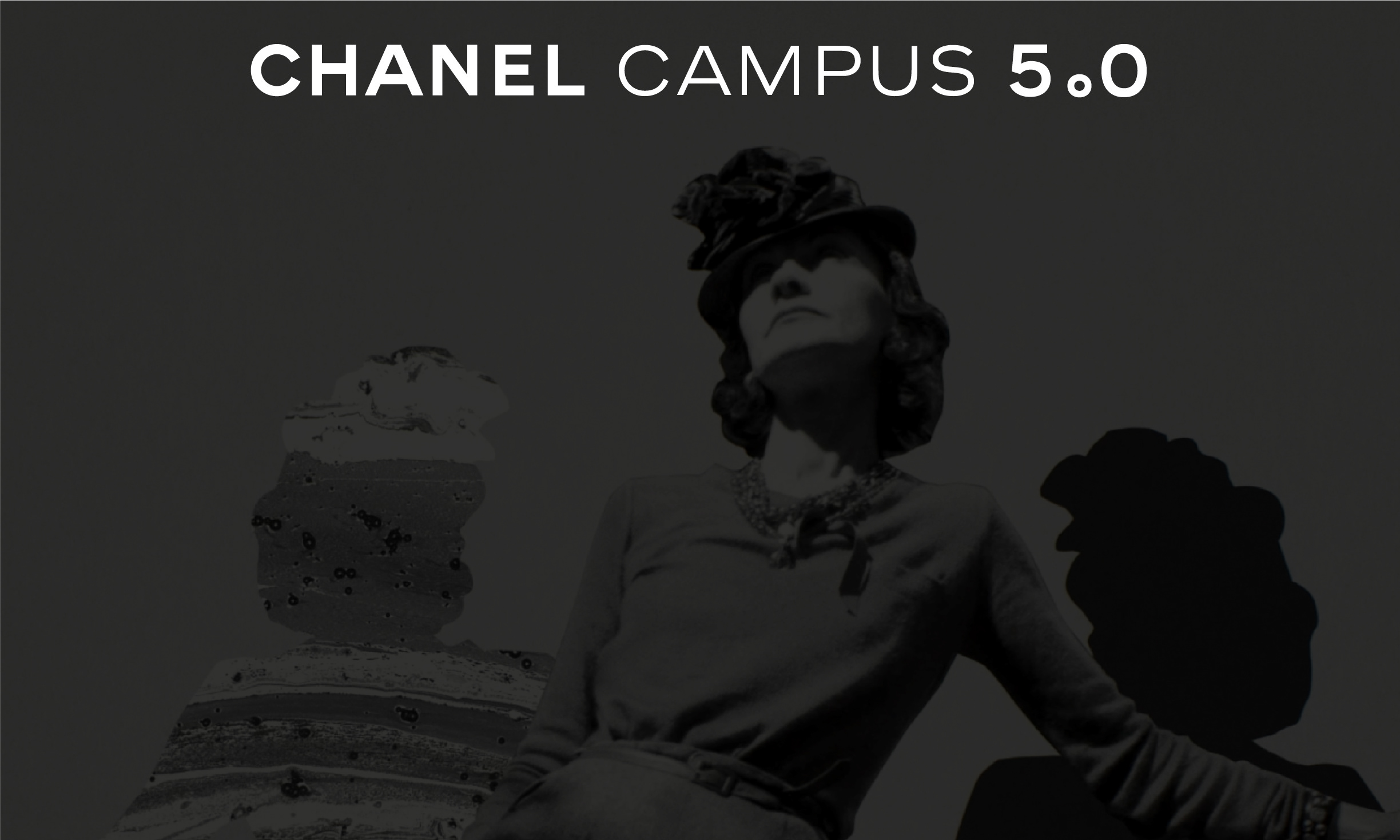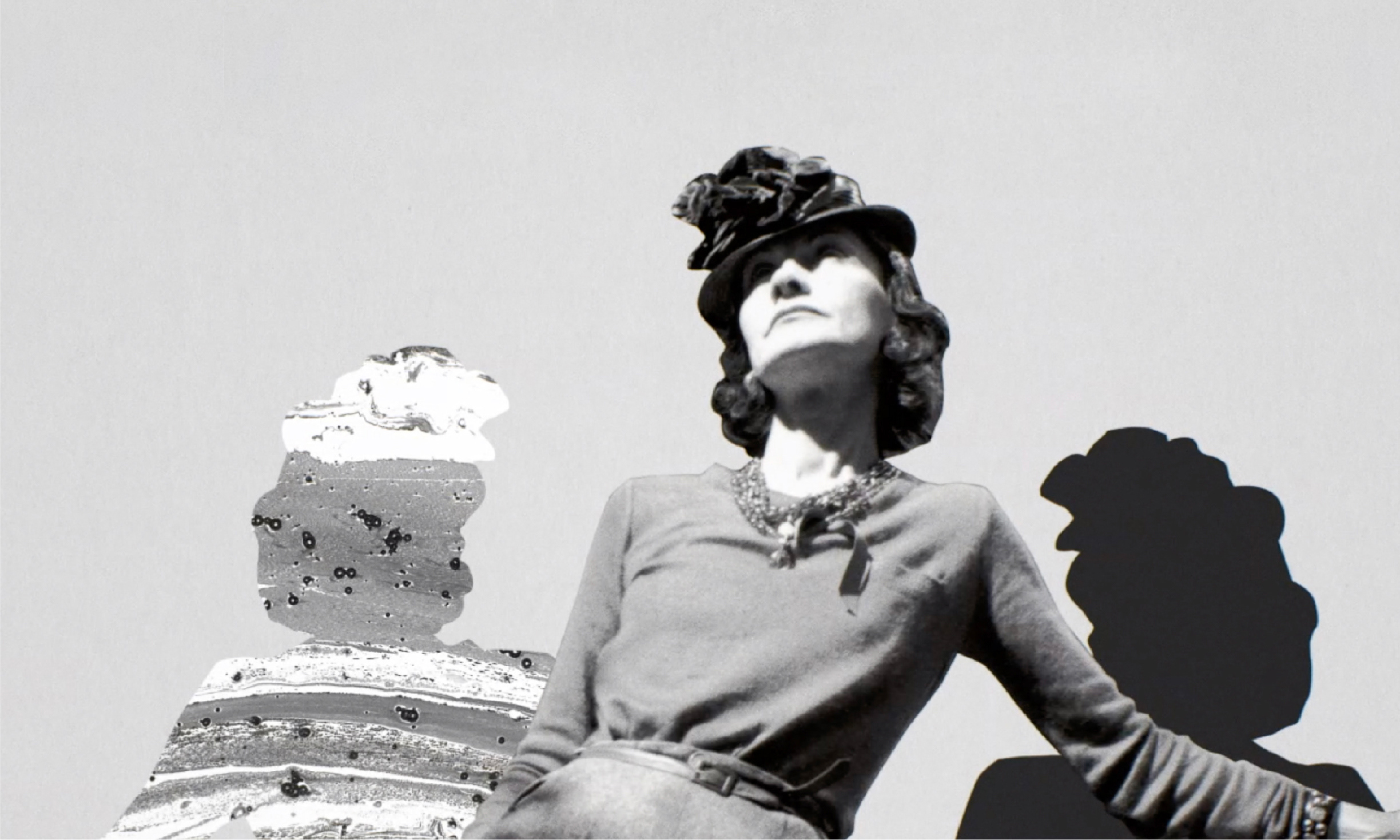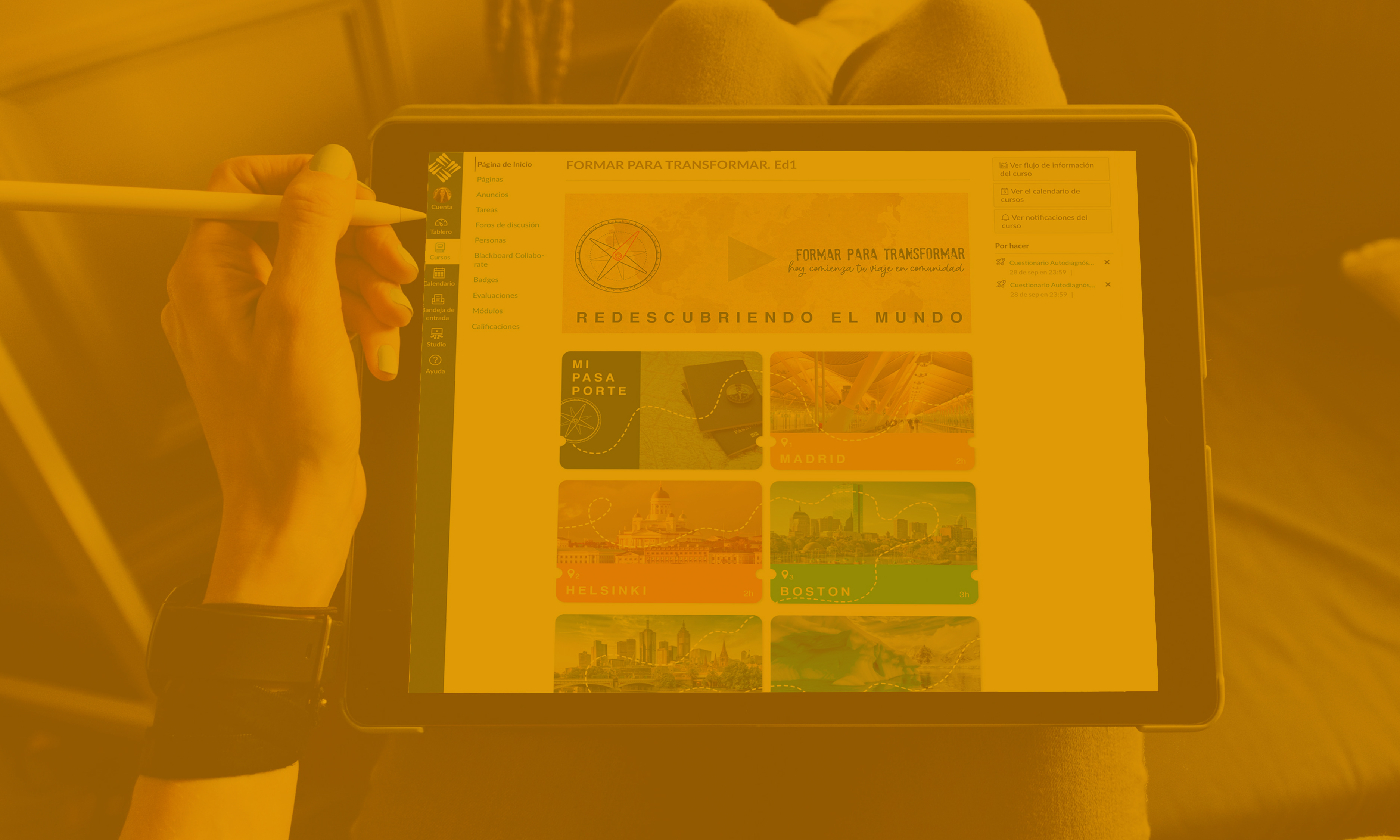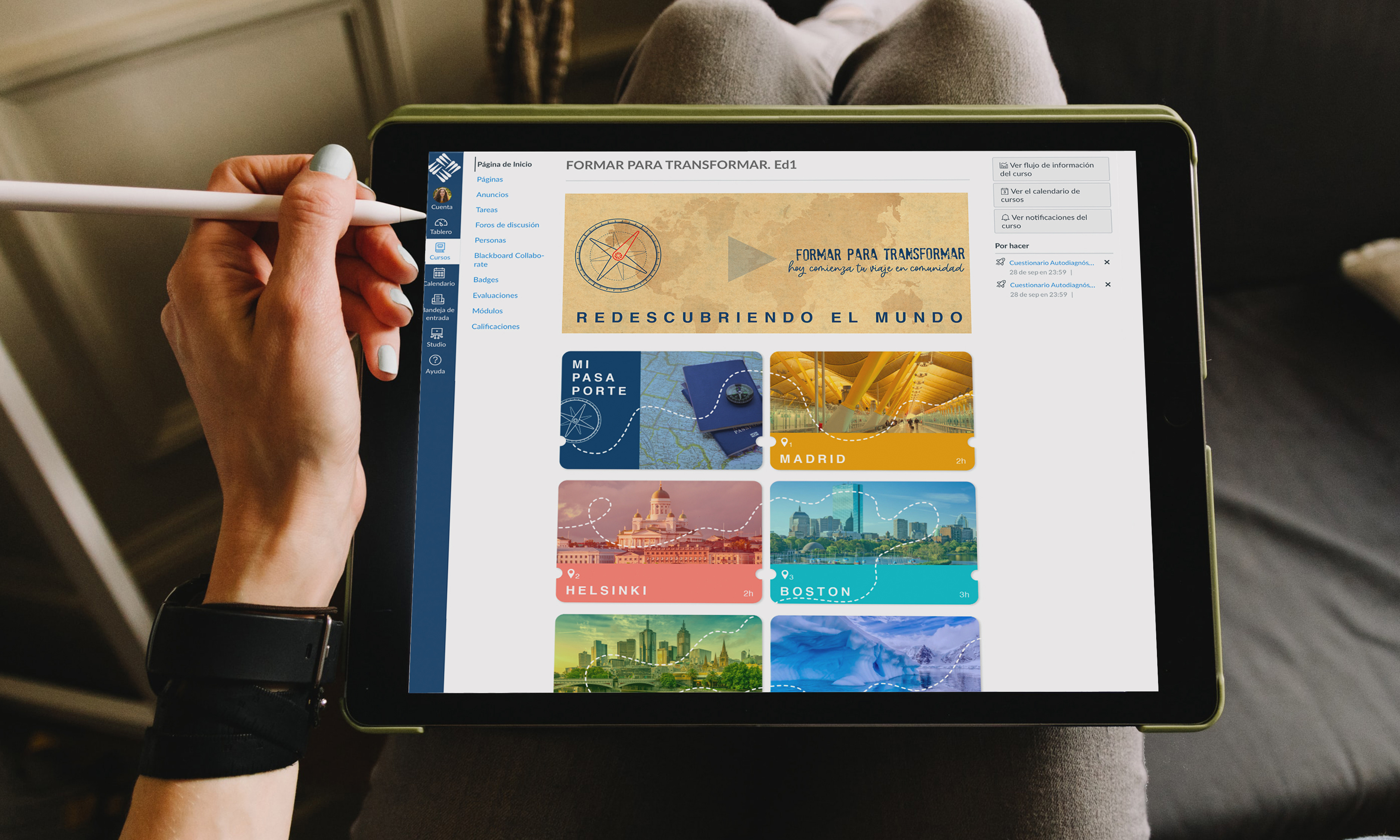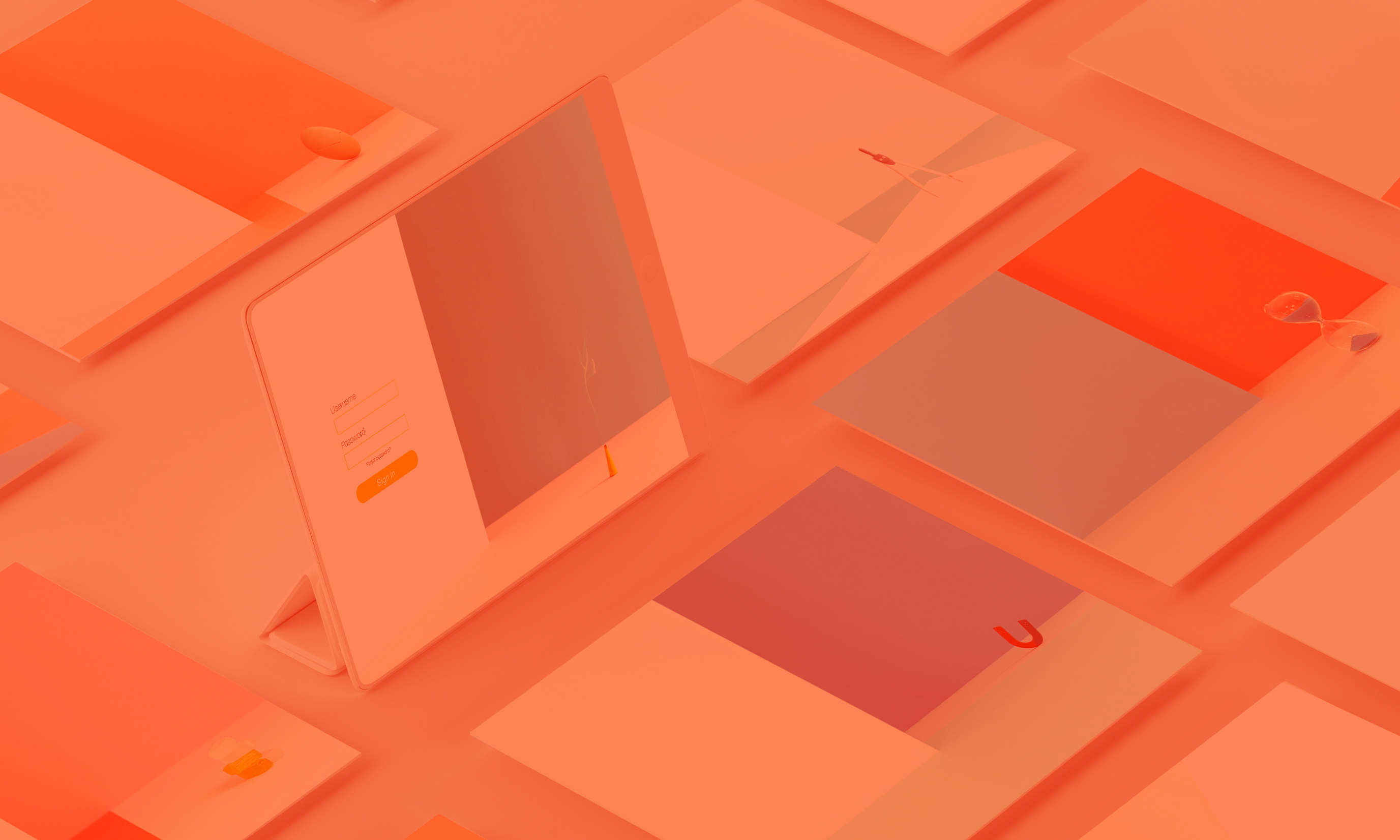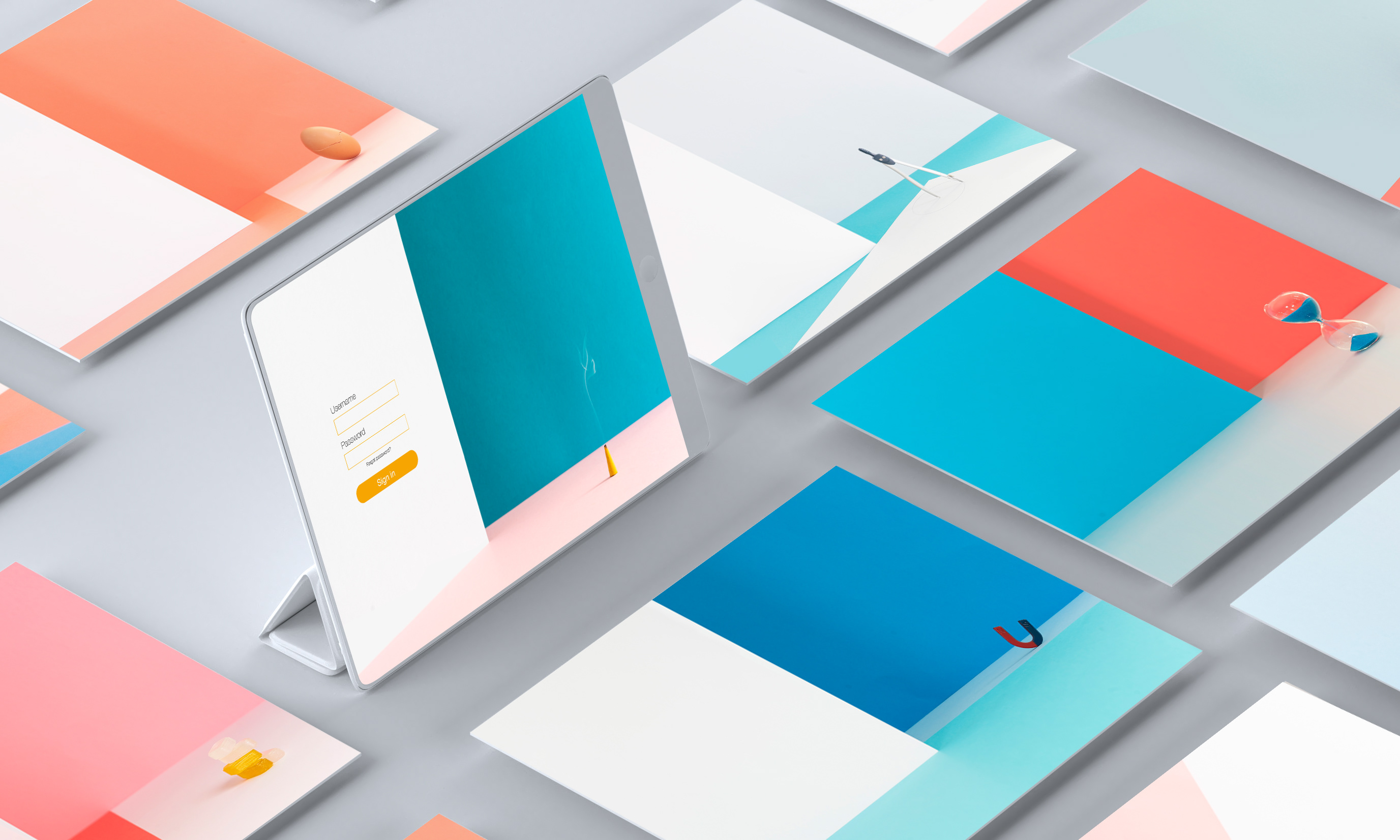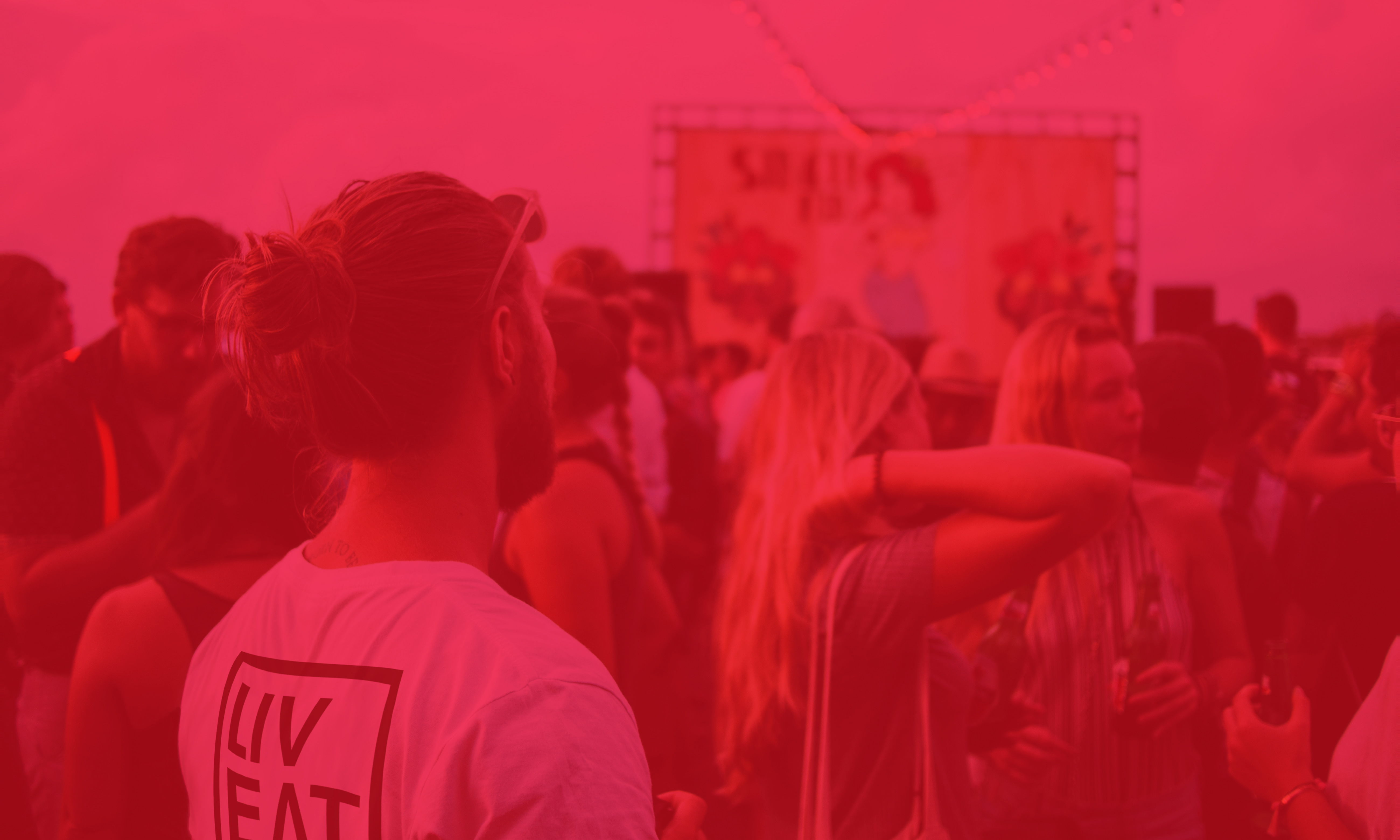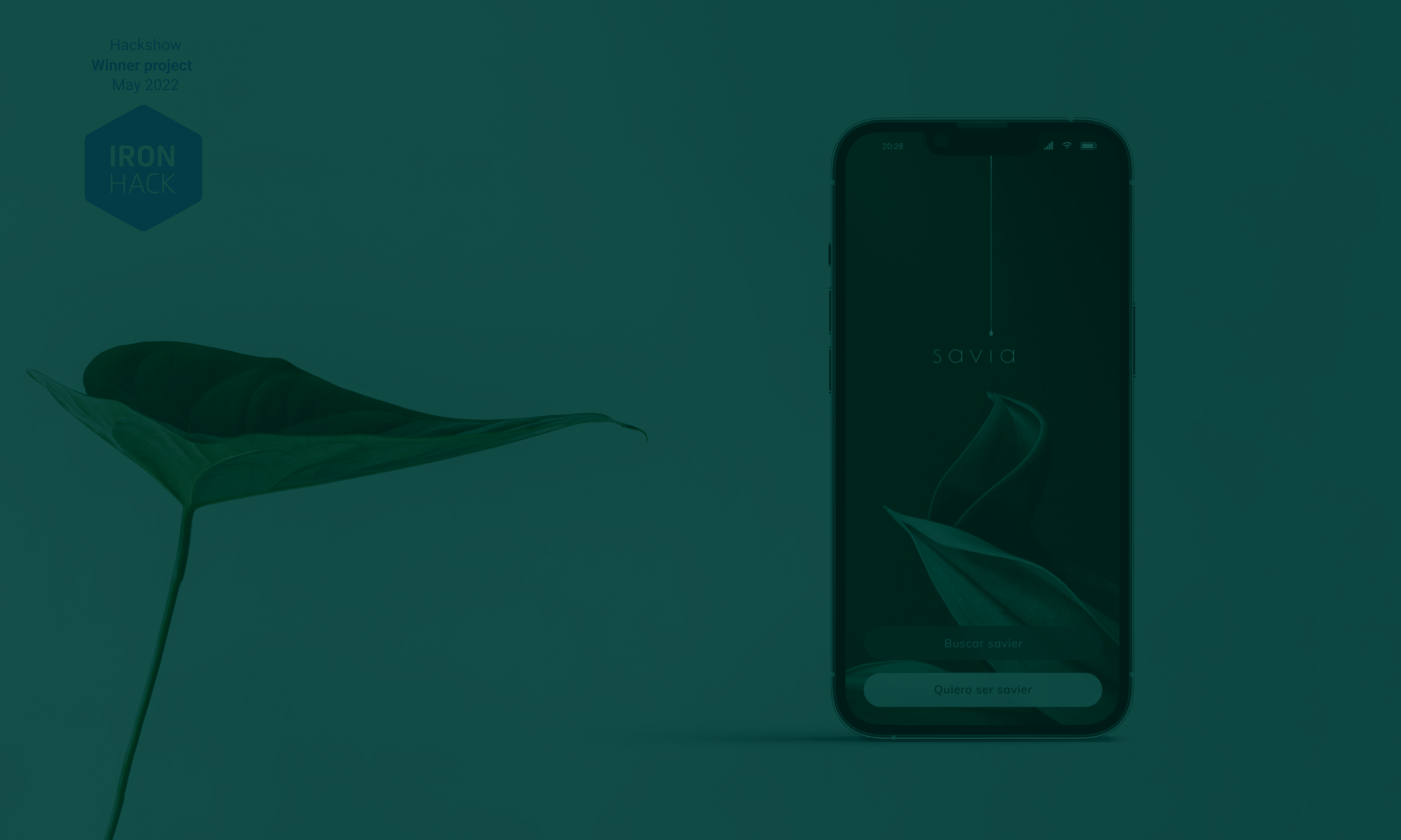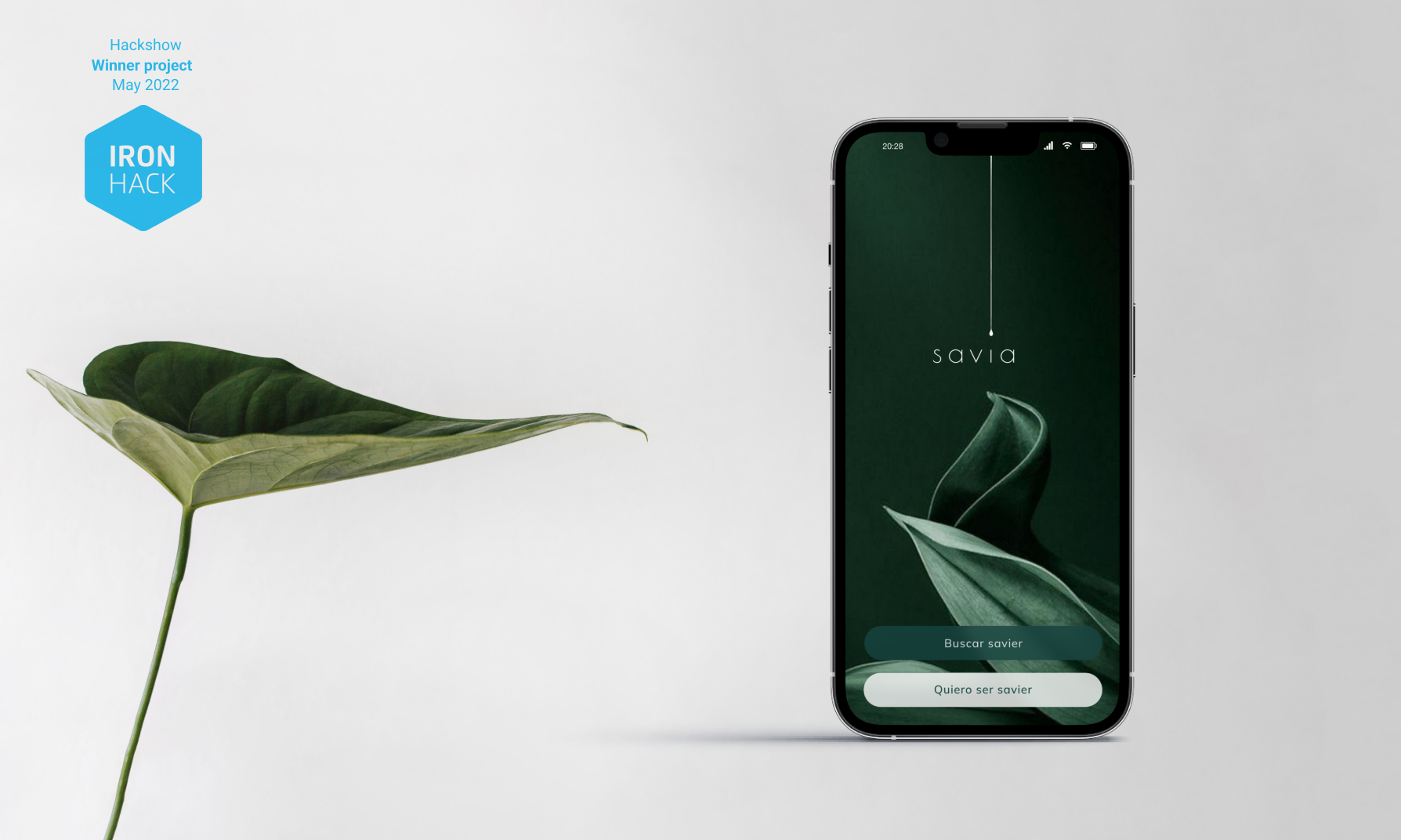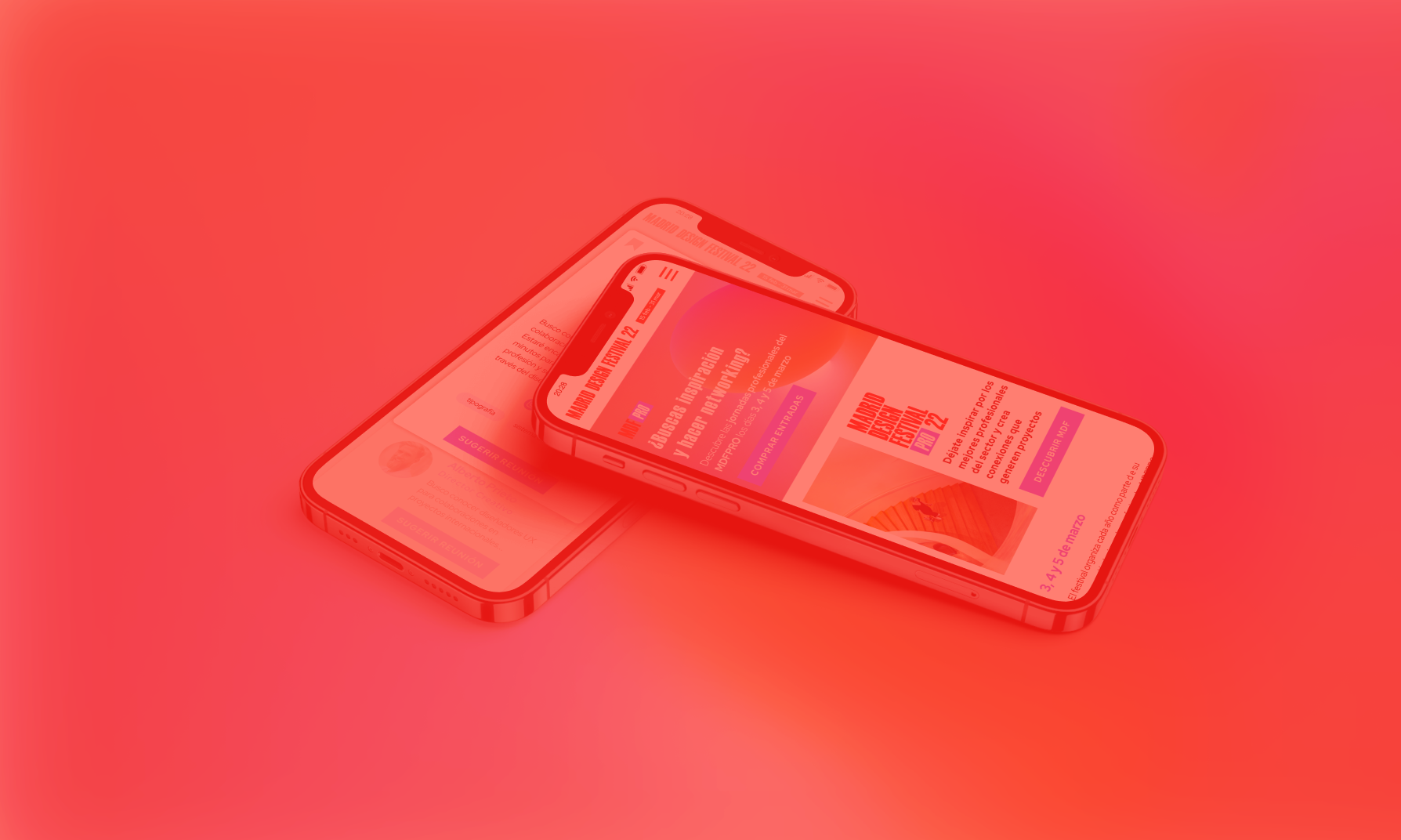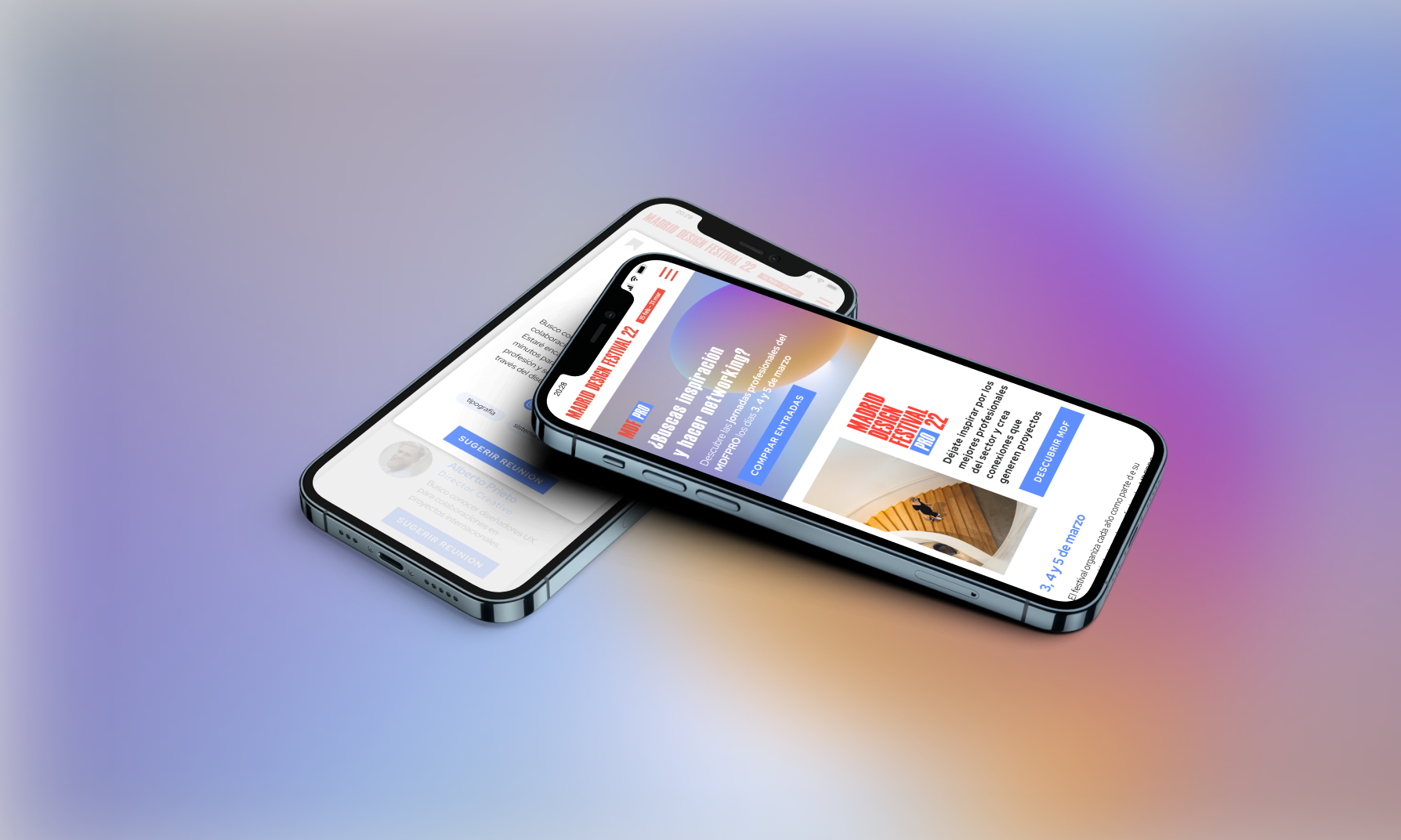Objective
The briefing for this project at Ironhack was to look for a problem in wellness and offer a solution through a digital product user centered. I decided to focus on a problem that many of us suffer: we spend too many hours seated working looking for productivity and we don't have time for breaks, causing suffering to our bodies and minds.
alétheia
I developed an app called oasis, that allows the user to have a maximum of 4 active pauses of 15 minutes during the workday, always encouraged by their company and arranged with the team.
I came up to this solution after 3 weeks of research and iteration in the design thinking process. I did benchmark, launched surveys and took interviews. I built my user persona and user journey to get to know better my target. I did the Lean UX and Vale Proposition Canvas among other tools, so that I could point out the pain points of my user and find design opportunities that will turn into features for my app.
Position played: UX Researcher, UX Designer, Visual Designer
The process I follow to develop this project was design thinking.
When I had identified the problem, I used the Lean Survey Canvas in order to come up with the proper questions for the survey. After that, I took several interviews to confirm my hypothesis and extract many interesting insights about habits and behaviors. While doing the most social part, I was also desk researching, including visual benchmark to study the features and flows of similar apps.
Lean Survey Canvas and Visual Benchmark
After writing down all my conclusions from the previous work, I used an affinity diagram to help me consolidate all the information I had.
I designed my user persona and tried to find the right moments where my solution was useful.
Meet Leire, a busy digital marketing lead, who works from home and says "While I am working, I only get up from my chair to go to the toilet and have lunch".
I draw her journey during a day to identify her pain points and find design opportunities.
User Persona and User Journey
With all this information it was time for me to start looking for actual solutions. So I used the Lean UX and Value Proposition Canvas to brainstorm, focusing on the design opportunities that I discovered with the Affinity Diagram. With this new solutions, I did a MoSCow (Must have/Should have/Could have/Won’t have) in order to prioritize those features that had to be there in the app and identify the ones that weren’t that essential for an MVP.
My solution for the problem was finally coming to life: an app that allows the professional to have a maximum of 4 active pauses of 15 minutes during the workday, always encouraged by their company and arranged with their team.
Lean UX Canvas, Value Proposition Canvas and MoSCow
The latest step of design thinking had arrived: prototyping.
I drew the user flow and started wireframing and testing it until I arrived to the final version to create my high definition prototype.
Lo-fi prototype
Now, it was the turn of UI Design.
I chose the name for my app: oasis, as a peaceful area in our everyday lives.
I picked the colors for the app from the moodboard and the color psychology and I created a Style tile and logo. I applied this visual to the landing page I designed, where the companies could try a free demo and easily discover the benefits that oasis could offer to their employees.
Landing page
All this work gave as a result a clean, aesthetically-pleasant and easy-to-use app.
Hi-fi prototype

